HISTORY
HISTORY
December 7, 1941 | The attack on Pearl Harbor – The Japanese wake up the “sleeping giant” – Photos & VIDEO
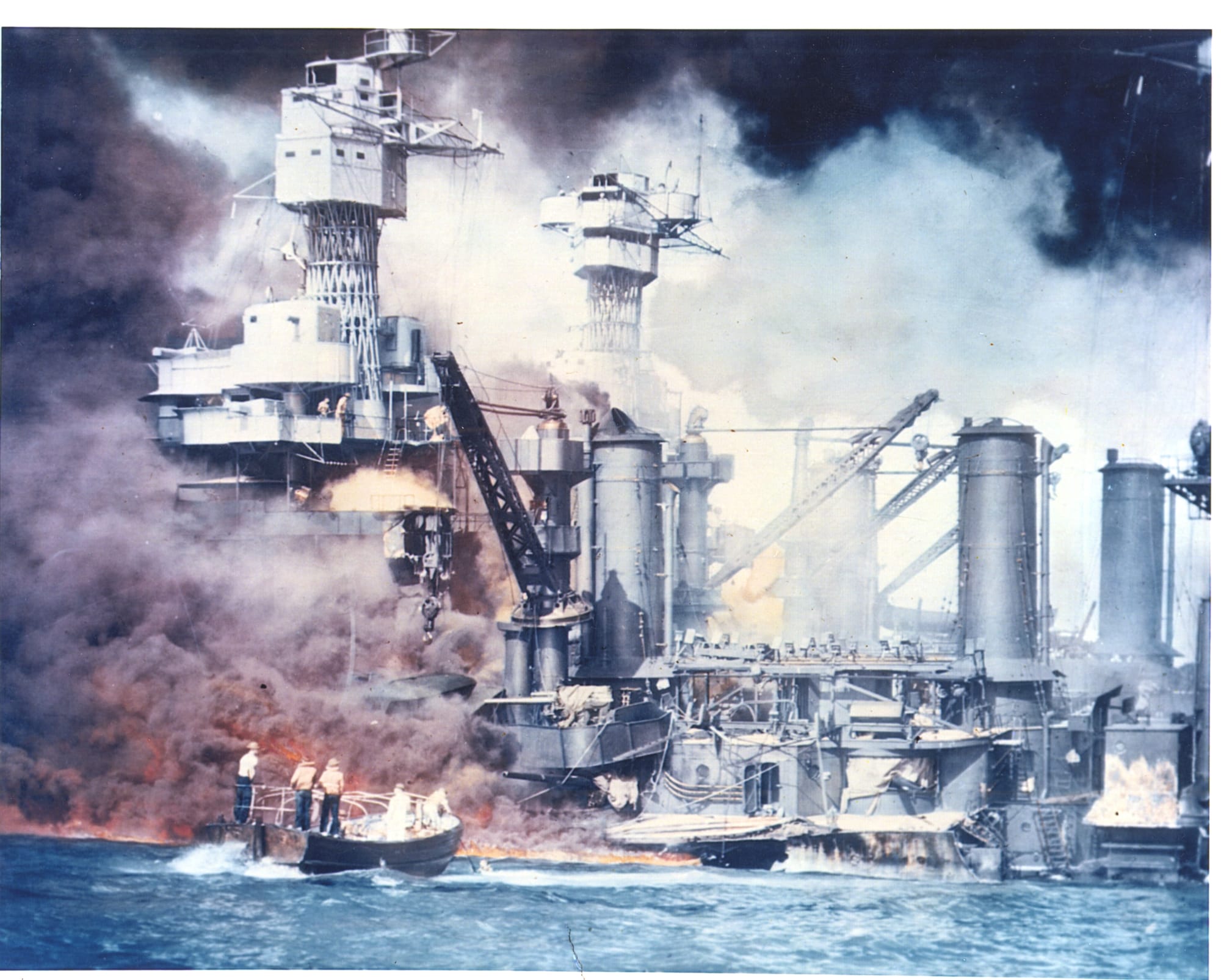
For many analysts, the attack on Pearl Harbor is a milestone for World War II. On December 7, 1941, Japanese planes incessantly bombed the Pearl Harbor Naval Base in Hawaii, where the US Pacific Fleet was stationed. This incident was the first attack on American soil since 1812, forcing the United States to abandon its neutral stance and go to war on the side of the allies.
The United States and Japan have had strained relations since the early 1930s. The Americans were protesting against the expansionist policy of the Japanese in China and Indochina, thus imposing sanctions on Japan.
The economic embargo on Japan escalated in the summer of 1941, with the imposition of an embargo on oil exports. Japan has taken the US oil embargo as a hostile act and sought retaliation against the US.
Also read: 1st of September 1939 | Germany invades Poland- The beginning of the biggest war in History – VIDEO
So, the Japanese leadership made the decision for a “preemptive strike” on the Pearl Harbor naval base, aimed at destroying the US Pacific fleet and securing its access to the rich resources of the Western Pacific and especially to the Dutch East Indies (present-day Indonesia).
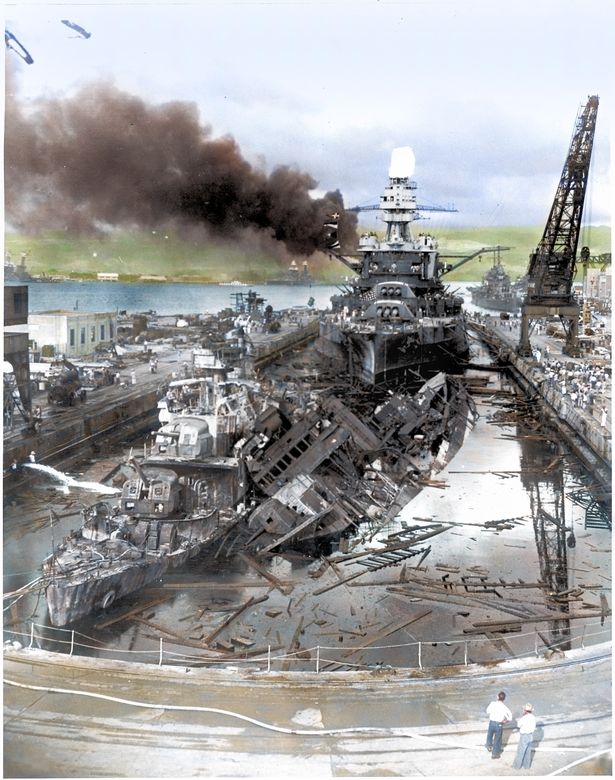
On the European fronts, at the same time, the Soviets had repulsed the German attack on Moscow and the counterattack phase was beginning, while on the North African front, German General Rommel still had the advantage over the Allies.
The order for the bombing of the American fleet in Pearl Harbor was given by Admiral Isoruku Yamamoto to Operation Admiral Chuichi Nagumo on December 1, 1941. A hundred and four ships (warships and escorts) were stationed at Pearl Harbor Naval Base on the island of Wahua, Hawaii. The Japanese navy, led by six aircraft carriers, sailed west, unnoticed by the Americans, and reached 275 nautical miles north of the Hawaiian Islands. From this point they launched their fierce attack on Pearl Harbor, with successive air waves.

In addition to air strikes, the Japanese deployed small submarines to sink as many US warships as possible. At 3:42 a.m. on December 7, the American minesweeper “Condor” spotted a Japanese submarine just outside Pearl Harbor. A chase ensued and the Japanese submarine sank at 6:37 a.m. from the “Ward” destroyer, which was the first to open fire on the part of the US in World War II. It was one of five small submarines that would attempt to destroy American ships during airstrikes.
Also read: June 22, 1941 | Operation Barbarossa, the largest military invasion in history
The great Japanese attack on Pearl Harbor took place at 7:48 a.m. with the first wave of aircraft, commanded by Captain Mitsuo Fujida. It was Sunday and there was a general relaxation among the American soldiers. US radars spotted the Japanese planes, but officers considered them friendly as they awaited the arrival of a squadron of B-17 bombers.

The US defence found itself unprepared and could not react immediately. The American planes were destroyed before they even took off, as they were parked next to each other. The bombs and torpedoes of the Japanese planes also hit many warships. A second wave of planes led by Captain Shigekazu Simazaki followed shortly afterwards, but this time the Americans were prepared to deal with the attackers.
In the 90 minutes that the Japanese attack lasted, 2,386 Americans (military and civilians) lost their lives and 1,139 were injured. In addition, 188 aircraft were destroyed, 155 were damaged, 5 warships were sunk and 13 were inactive. On their part, the Japanese lost 64 men (55 pilots and 9 sailors), 29 planes and 5 submarines.
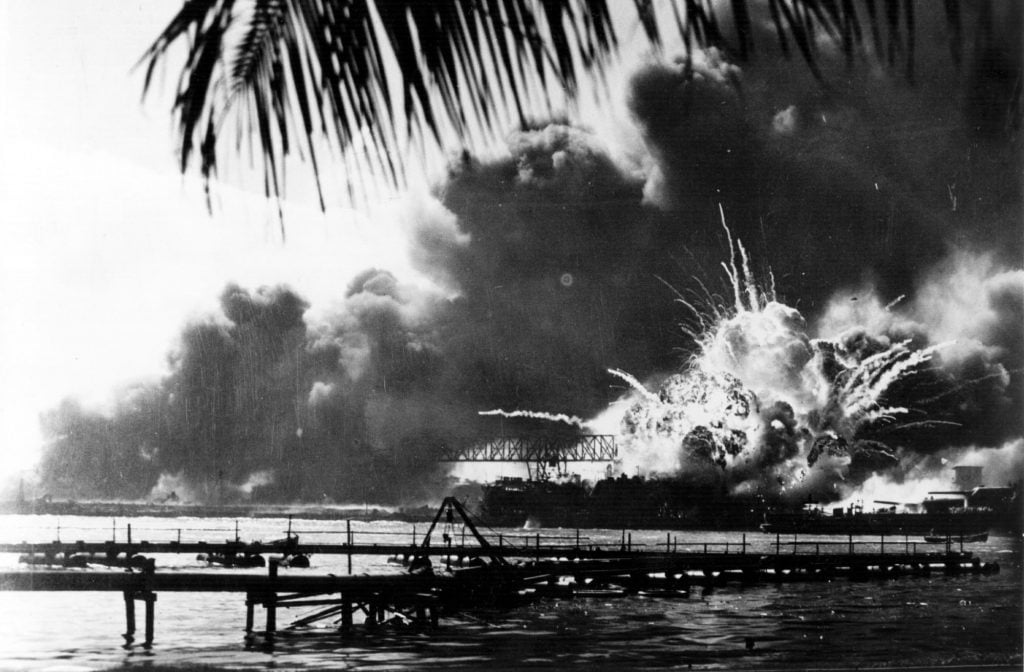
The unexpected attack by Japan united American public opinion and eliminated any thought of US neutrality. The next day, December 8, 1941, President Roosevelt declared December 7 a “day of shame for the American nation,” and Congress unhesitatingly declared war on the Axis, with only one negative vote by the pacifist Republican MP Janet Rankin. The US military, nicknamed the “Sleeping Giant”, woke up and changed the balance in World War II.
Also read: D-DAY | Landing in Normandy, June 06 1944
From a military point of view, the strike was not particularly significant for the United States, as the Japanese failed to destroy critical American logistics facilities. That would be the target of the third wave of airstrikes, which never took place due to the hesitations of Admiral Yamamoto.
Also, the aircraft carriers and submarines, which would undertake the war in the Pacific and would reverse the original advantage of the Japanese, remained intact. In fact, this gave some writers the right to argue that the attack on Pearl Harbor was known to President Roosevelt, who allowed it to evolve to curb the reaction of neutral Americans and put the country at war, as Churchill wanted it too.
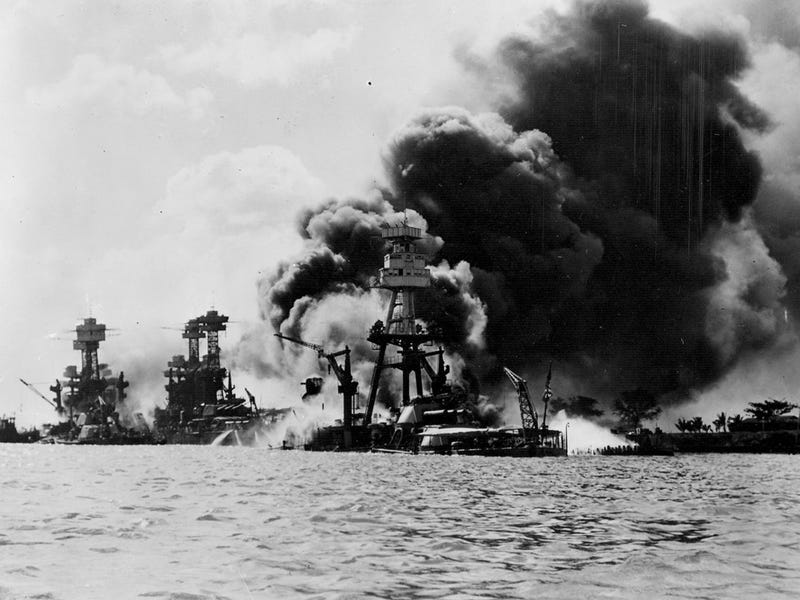
The first to pay for the Pearl Harbor fiasco were the island’s governors, Admiral Kimmel and General Short, who were immediately sacked and discharged.
The attack on Pearl Harbor has also been turned into a movie with great success. Works such as “Torah, Torah, Torah”, which is an American-Japanese production of 1970 and “Pearl Harbor”, an American production of 2001, are great films that tell the story with clarity and emotion.
Also read: 10 + 1 War films for the days of lockdown
NEWSLETTER SUBSCRIPTION
April 10, 1826 | The heroic Exodus of Messolonghi
Three years after the failed attempt of Kioutachis and Omer Vryonis to capture Messolonghi, the Sultan had a new plan.
Hellenic Army General Staff (HAGS) | Events for the 83rd Anniversary of the Battle of the Forts
On Sunday, April 7, 2024, the 83rd anniversary of the Battle of the Forts (April 6-9, 1941) was celebrated at “LISSE”, “RUPEL”,…
Serbia | 25 years since the NATO bombings
It has been 25 years since the start of the NATO air operation against the Federal Republic of Yugoslavia, which became known as Operation…
US Navy | First combat use of SM-3 Missiles
In a historic first, US Navy Arleigh Burke-class destroyers deployed Standard Missile-3 (SM-3) anti-missile interceptors in combat…
INIOCHOS 2024 | Allied fighters foster interoperability
NATO allied Air Forces along with regional partners come together at Andravida Air Base as Greece hosts the…
DEFEA Conference 2024 | Registration is now open
The DEFEA Conference, hosted by the international defence and security exhibition DEFEA – Defence Exhibition Athens…
Delphi Economic Forum IX | Christian Chatziminas on re-industrialization and high technology in entrepreneurship
Mr. Christian Chatziminas, Founder & CEO of THEON GROUP and President of the Hellenic Entrepreneurs Association, participated in…
Lockheed Martin | Introducing the new Mako hypersonic multi-role missile
On the sidelines of the “Sea Air Space – SAS 2024” exhibition, Lockheed Martin unveiled the new Mako hypersonic missile.
Heraklion | Aerial target washes up on beach – Taken for drone from Iran
Yesterday Sunday, intense confusion was caused on a beach in Heraklion, Crete, when an aerial target used in shooting ranges to test…




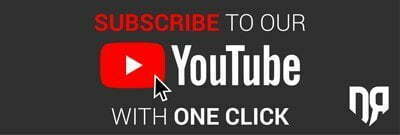
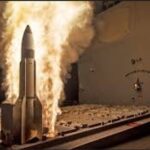
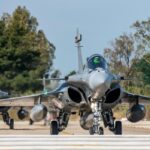


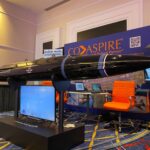



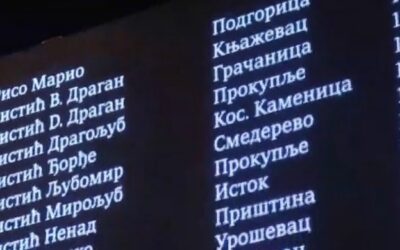
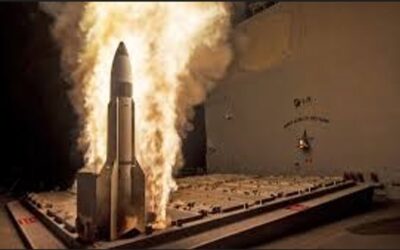


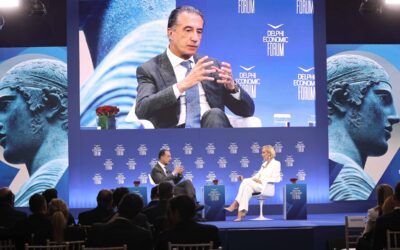
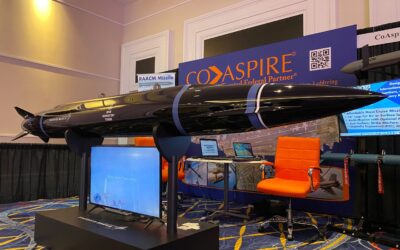
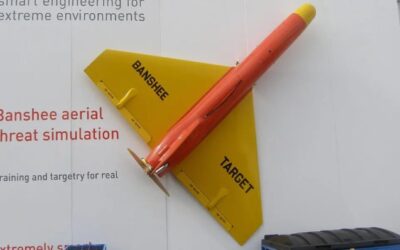
0 Comments